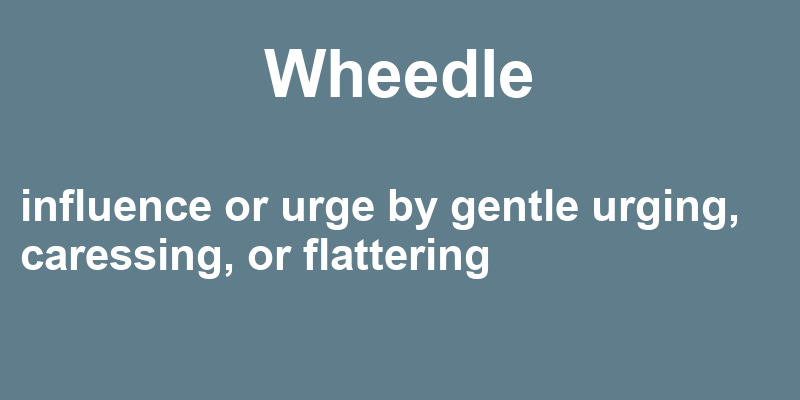

Britannica Explains In these videos, Britannica explains a variety of topics and answers frequently asked questions.Britannica Classics Check out these retro videos from Encyclopedia Britannica’s archives.More attention was paid to fitting the syllables to the melody than to the text's meaning, sentiment, or message. Their songs cover a variety of strophic forms corresponding to the many new tunes which the Meistersingers invented and gave complicated names such as " " ( Little striped saffron flower melody ), " ", " " ( Melody of eating much ), " " ( Flowery paradise melody ), etc.He describes Southern Athabascan music, that of the Apache and Navajo, as the simplest next to the Great Basin style, featuring strophic form, tense vocals using pulsation and falsetto, tritonic and tetratonic scales in triad formation, simple rhythms and values of limited duration ( usually only two per song ), arc-type melodic contours, and large melodic intervals with a predominance of major and minor thirds and perfect fourths and fifths with octave leaps not rare.The metre differs but slightly from the rhythm of prose, is easy to construct and to memorize, adapts itself very well to all kinds of subjects, offers sufficient metric variety in the odd feet ( which may be either iambic or spondaic ), while the form of the strophe lends itself well to musical settings ( as the English accentual counterpart of the metric and strophic form illustrates ).Also in 1883, he published " Das altenglische Volksepos in der urspr黱glichen strophischen Form ",'The Old English Folk Epic in the Original Strophic Form', in which he argued, among other things, that " Beowulf " had been composed in a fixed meter which was corrupted by later poets ( ib." Do You Like Worms ? " is in strophic form, following the pattern ABABCB'in mixes prepared by Brian Wilson during " Smile " assemblies. The song is an extension of the composition " Heroes and Villains ", recorded during the " Smile " sessions.This is most obvious in the adoption of the strophic form of the " canzone ", at its most basic a seven-line strophe with the rhyme scheme ab | ab | cxc, and a musical AAB structure, but capable of many variations.The second movement is in E-flat major and strophic form, with a statement of a theme followed by three variations ( the second of which is in E-flat minor ) and a Opus 20, No.

The poem is written in three stanzas, but instead of using strophic form, Mozart creates a through-composed work, demonstrating his careful attention to the words of the poet by creating a different mood for each verse.While the blues is most often considered to be in sectional strophic form with a Gregory Walker, though the conventional account would consider hymns to have provided the repeating chord progression or harmonic formulae of the blues.Stylistically, they are characterized by simple strophic forms, with repetition, variation, and parallelism, and are marked by the use of a refrain ( around 90 % of the texts ).It's difficult to see strophic form in a sentence.Chorus form, or strophic form, is a sectional and / or additive way of structuring a piece of music based on the repetition of one formal section or block played repeatedly.The songs are in the characteristic style of the popular music of the period, with simple rhythms, homophonic texture, clear phrasing, and they are in strophic form.) somewhat like a rudimentary theme and variations. A " modified " strophic form varies the pattern in some stanzas ( A A'A ".E, which then spread to North Africa and the Middle East. A strophic form of poetry called Muwashshah developed in Andalucia as early as the 9th century C.


He and Basri revived the " muwashshahat ", strophic forms of poetry that were popular in Andalusia.The song is in Strophic form, lasts 3 minutes 43 seconds and ends with a fade out.The song form can analyzed as " ABAB CBCB ", a variation of the strophic form.Unlike many strophic forms of the time, most madrigals were through-composed.


 0 kommentar(er)
0 kommentar(er)
